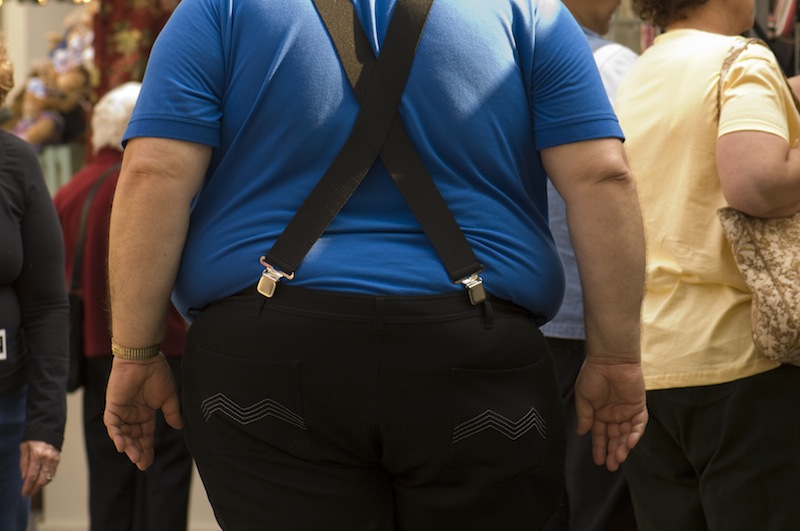Some even chose not to share their current photographs on their social media accounts to avoid receiving criticism from their friends. One of them Nur Athirah Rosli, 34, a public-sector employee, had put on two kilogrammes over the MCO period.
“Whenever I felt like eating, I would order food online... it was so easy,” said Nur Athirah, who is in the obese category as she weighs 92kg and is currently following a diet and exercise regime to shed her excess weight.
The issue of obesity is nothing new in Malaysia or in the world for that matter. According to the World Health Organisation (WHO), obesity has been a global public health concern since 1975.
The concern is understandable as obesity not only increases the risk of contracting various chronic diseases but also puts a strain on the finances of governments in terms of healthcare allocations.
Half of Malaysian adults overweight, obese
In a report issued in February 2020, WHO said obesity has reached epidemic proportions globally, with at least 2.8 million people dying each year as a result of being overweight or obese.
The figures are grim in Malaysia too. According to the World Population Review 2019, Malaysia has the highest prevalence of obesity among adults in South-east Asia at 15.6 per cent, followed by Brunei (14.1 per cent), Thailand (10.0 per cent) and Indonesia (6.9 per cent).
The National Health and Morbidity Survey (NHMS) 2019 findings, meanwhile, showed that 50.1 per cent of adults in Malaysia were either overweight or obese — 30.4 per cent were overweight and 19.7 per cent obese.
In comparison, Malaysia’s overweight and obese rates stood at 29.4 per cent and 15.1 per cent respectively in 2011.
NHMS 2019 defined overweight as having a body mass index (BMI) of more than 25kg/m2 and obese, BMI exceeding 30kg/m2.
(BMI refers to a person’s weight in kilogrammes divided by the square of height in metres.
The NHMS 2019 data also revealed that the overweight and obesity levels were particularly high among women (54.7 per cent), ethnic Indians (63.9 per cent) and those in the 55 to 59 age group (60.9 per cent). — Bernama
Obesity rate at worrying levels in Malaysia

According to the World Population Review 2019, Malaysia has the highest prevalence of obesity among adults in South-east Asia at 15.6 per cent. — AFP pic
Stay updated on the latest news and insights. Subscribe to our newsletter here
(New users only) Enjoy FREE RM50 & unlock 4.2% p.a. fixed rate when you cash in RM3,000 into PRS offering via Versa Retirement. Sign up using code VERSAMM10 with min. cash of RM100 today!
Monday, 22 Jun 2020 9:27 AM MYT


















